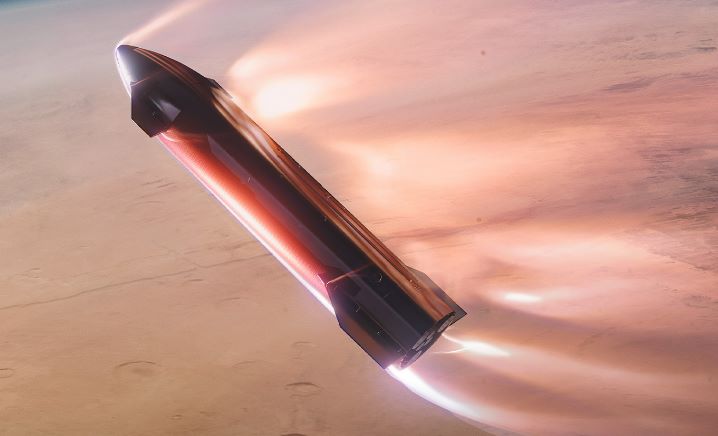SpaceX, led by CEO Elon Musk, has long been focused on revolutionizing space travel. The ultimate goal? Sending starships to Mars. With multiple uncrewed missions planned in the next few years, Musk’s vision of colonizing the red planet is closer than ever.
This ambitious project could pave the way for humans to step foot on Mars, marking a new era in space exploration.
Uncrewed Starships to Mars
Elon Musk recently confirmed SpaceX’s intention to launch five uncrewed starships to Mars within the next two years. These missions will take advantage of the next Earth-Mars transfer window, which is a specific period that allows the spacecraft to travel more efficiently between the two planets. If these missions succeed, it will be a significant milestone for SpaceX and its long-term objectives.
SpaceX plans to launch about five uncrewed Starships to Mars in two years.
— Elon Musk (@elonmusk) September 22, 2024
If those all land safely, then crewed missions are possible in four years. If we encounter challenges, then the crewed missions will be postponed another two years.
It is only possible to travel from… https://t.co/dzi03Hnyhg
The timeline is crucial because each transfer window only opens every 26 months. With that in mind, SpaceX aims to use this opportunity in 2026 to start launching these uncrewed missions. Musk explained that if everything goes as planned, the company will prepare for crewed missions in four years. However, challenges or delays in the uncrewed missions could push the timeline back by another two years.
Transitioning between these phases will be a critical step, as the success of the uncrewed missions directly impacts when humans will be sent to Mars. Despite the complexities, Musk remains optimistic, believing the number of missions will grow exponentially once the first few are complete.
Challenges and Future Plans for Crewed Missions
Although SpaceX’s ambitions are sky-high, it’s important to note the challenges. Regulatory hurdles, such as obtaining approvals for launches and navigating international space law, have already caused some delays. Musk, however, believes that once they do not face such challenges, the company will be ready to send starships with human crews to Mars as early as 2028.
This crewed mission will only happen if the uncrewed flights successfully land on Mars and return safely. If they do, the historic crewed missions will mark a giant leap forward in space exploration. It’s essential to remember, though, that Musk’s timelines are always subject to change. While earlier projections suggested that Starship might land on Mars within five years, the actual mission timeline may extend, depending on these first crucial launches.









